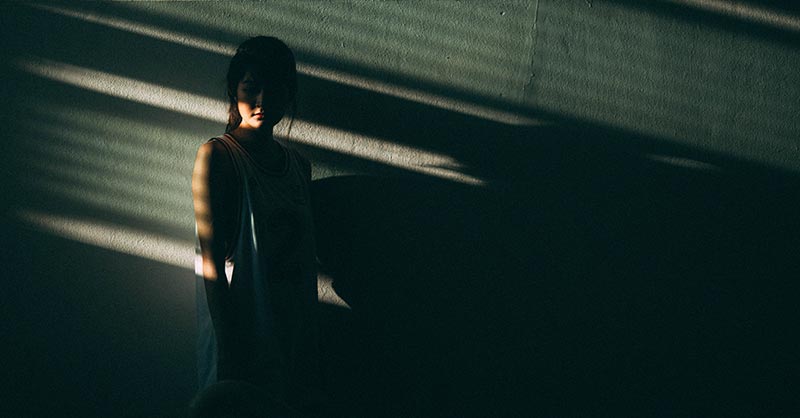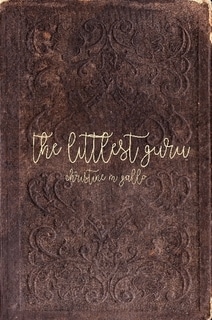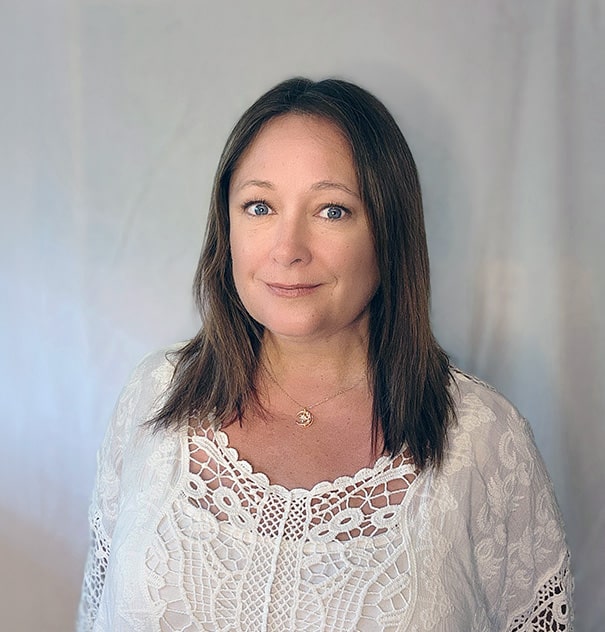
Like any trauma survivor, I spent the first few days that I was home alternating between trying as hard as I could to sleep to shut the world out, and flashing back. Flashing back to the mess of a girl that I was . . . on the surgical recovery floor, not the maternity floor. Flashing back. It was incredible how much power that phrase had. It felt so incredibly and mercifully fitting.
Flash.
Like lighting. Powerful. Electric. Dangerous. Treacherous. And accompanied by a flooding downpour of grief. I felt such compassion for that girl—even just days removed, I felt sheer pity for the girl who was only a day or so out. The girl on the surgical recovery floor who lamented on the floor above.
And as I did, I thought about the space between.
I felt incredibly grateful for insulation, as hearing the newly born babes crying may have taken the mess of a girl that I was and thrown her over the edge.
But wasn’t there a place for me between floors? There had to be somewhere in between these neighboring realities. There just had to be a space between floors. It was in this space between where I’d have to find my new normal.
I thought back to the “Opposite of Baby” summer. Was that the secret? To again try to revert back to that? To find that girl again?
But I realized I’d never be that girl again. I’d never be the girl who had never been pregnant. I’d never be that girl who wanted a baby and didn’t have one. I’d be that girl who had a baby once. A baby that was ever so much here and then suddenly taken away.
There was even more space between those floors.
Just like the structural and architectural reality of the hospital’s floors, there had to be a metaphorical space between. And for the next few months that is where I remained.
But I couldn’t help but feel like a refugee. Like a poor civilian, exiled from the land I had grown to love. Those first few days following discharge, as I opened my kitchen cabinets to take out a mug for my morning coffee, each day, I’d be reminded that the BPA-free bottles that had been stacked neatly on that same shelf the day of my baby shower, were now packed away in a basement. Even though it was filled again, with coffee mugs, the inside of that cabinet felt dark, empty. Cavernous. It felt just like Finn’s room.
It felt just like my insides.
The Space Between
The space between. Oh, how it had far more significance than merely stacks of bricks. Or layers of insulation. It was where I lived for a year and four months. It was where I grieved. Where I fell into depths deeper than any I had ever known possible. But also where I soared to heights higher than I could have imagined. At the very same time.
The Littlest Guru began as my diary after the death of my first child at birth and I later morphed it into a fictional account. The integrity of the message inherent in the very structure of my journal entries. As each day they begin with what coffee I had in the morning, and which Long Island wine I had in the evening. With the happenings of the day stuffed into the space between. As you learn about the book’s heroine it quickly becomes clear that the structure of the journal entries are in fact a symbol of how her mind works. She either has her nose buried in classic novels or she’s musing about the future. She is unable to tolerate the space between. And when she awakens one night on the surgical recovery floor not the maternity floor above, she laments that she doesn’t belong on either floor, and instead in some space between. And from that dark day forward she has no choice. She has to live in the space between floors. And it is in that sacred space that she transforms. Where she is taught the profound paradoxical lesson to live in the moment…
In that space between floors…
In that time between coffee and wine…
In that place between where we are and where we so desperately yearn to be.
The Littlest Guru
Filled with the lessons about the sacred dance of life and loss and seeds of transformation for anyone stuck in that space between, The Littlest Guru invites anyone in the deep depths of all encompassing grief to see the person that they lost as a guru. A spiritual guide who can show them that they too can soar. At the very same time. Especially when in the throws of grief, we all know what it feels like to wish we were in another time continuum—to wish that circumstances were different than what they happen to be. And that the key may very well in fact be mindfulness…
To acknowledge not what we wish was. But what is. As ugly as it is to be alive in the present: in essence, the space between. And grow while in that space instead of merely passing through.


